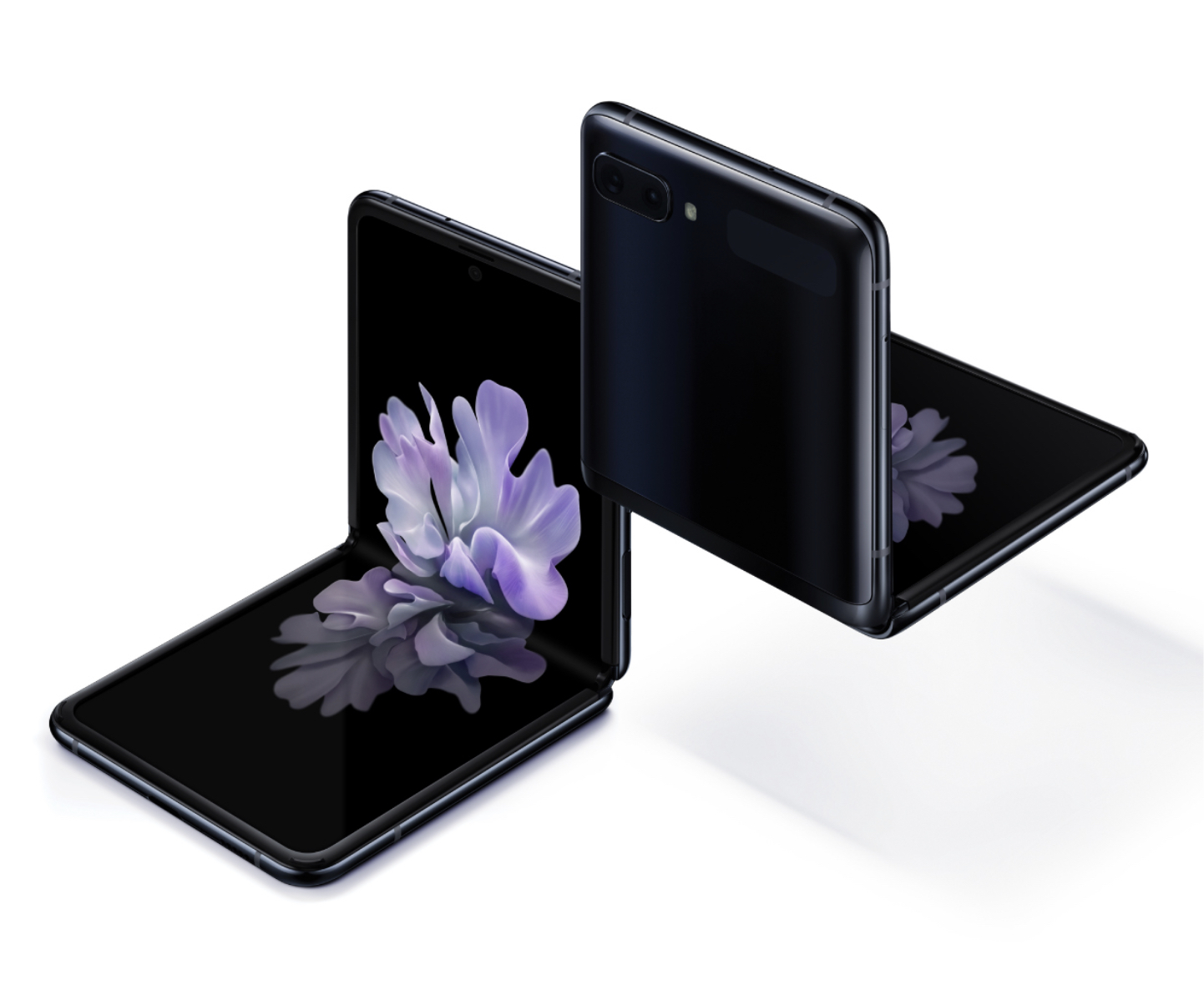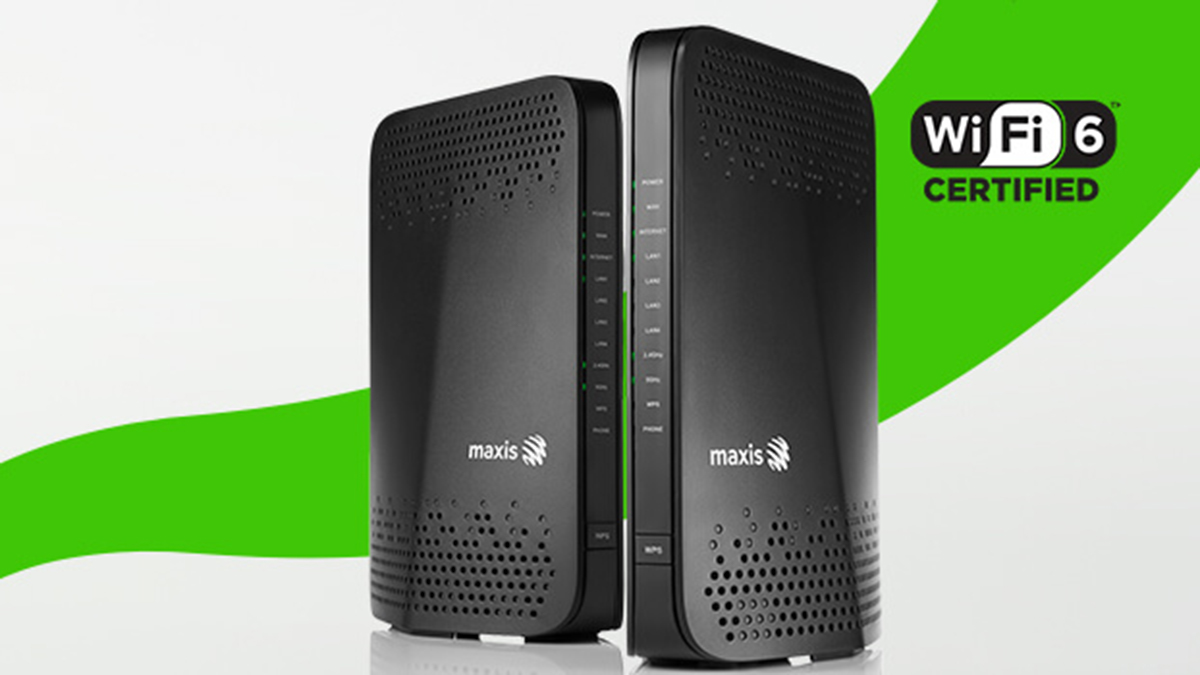Singapore’s StarHub and Malaysia’s U Mobile have announced that they will be conducting one of the world’s first 5G standalone (5G SA) roaming trials. The 5G SA roaming trials will be done completely independent of existing 4G network infrastructure. This differs from other roaming trials that use 5G non-standalone (5G NSA) technology.
The key objective of the 5G roaming trials in Malaysia is to gather insights that will help both parties to establish the right network configurations to ensure a seamless 5G roaming experience for customers when 5G rolls out commercially. Both telcos will also be looking into commercial pricing aspects for 5G roaming in the respective countries.
StarHub’s Chief Technology Officer, Chong Siew Loong said, “Our customers’ always-on lifestyles transcend borders. When 5G arrives, we want to continue delivering to customers the same best-in-Singapore connectivity wherever they may be. There is no better place to start 5G roaming trials than in Malaysia, our closest neighbour and one of our customers’ top travel destinations. Collaborating with U Mobile on 5G is part of StarHub’s #HelloChange journey to push the limits of innovation for customers to enjoy the best service experience.”
Chief Technology Officer of U Mobile, Woon Ooi Yuen shared, “U Mobile has been aggressively expanding our network and we are rapidly catching up to our older peers, even garnering the title of being the most improved mobile operator in Malaysia. In this growth trajectory, we are also putting huge priority on 5G. In our 5G efforts, apart from fully supporting the government’s National Fiberisation and Connectivity Plan, we thought it would be beneficial if we took a step further to be one of the first in the world to conduct 5G SA roaming trials.”
The first 5G SA roaming trials between StarHub and U Mobile are slated for the first quarter of 2020. The trials will involve testing use cases like “live” cross-border holographic calls and multi-party video calls.
The 5G SA trials will be conducted in collaboration with Huawei.
Commercial 5G deployment in Malaysia is expected to kick off in the second half of 2020.
What’s the difference between 5G NSA and SA?
5G NSA stands for 5G Non-Standalone which simply means that the 5G network will co-exist with existing 4G infrastructure. 5G-enabled devices will connect to 5G frequencies for data, while still be able to use 4G for non-data features such as connecting to base stations and servers. 5G NSA networks can only support two use cases—Enhanced Mobile Broadband (eMMB) and Massive Machine Type Communications (mMTC). eMMB supplies high bandwidth internet access for wireless connectivity, large-scale video streaming, and virtual reality applications. mMTC supports internet access for sensing, metering and monitoring devices that require little or no human intervention.
On the other hand, 5G Standalone (SA) is totally independent of 4G infrastructure. 5G SA offers better efficiency which translates to reduced cost of devices as well as better performance in data throughput up to the border of the network. It also helps the development of wireless use cases such as ultra-reliable low latency communications (URLLC) which guarantees latency to be 1ms or less.
Photo by Mika Baumeister on Unsplash
Latest news
- Sony’s New WH-1000XM6: Taking Noise Cancellation to Ridiculous New Heights
- AirAsia Power Bank Policy 2025: New In-Flight Restrictions You Need to Know
- Trump Tariffs: Impact on Tech and Your Wallet in 2025
- Canon EOS R50 V: Why Content Creators Will Love This New Camera
- How to Check Unclaimed Money in Malaysia with eGUMIS (2025 Guide)
Subscribe to Vernonchan.com: Never miss a story, read stories on Feedly and Medium
Disclosure: Keep in mind that VERNONCHAN.COM may receive commissions when you click our links and make purchases. Clicking on these links cost you nothing and it helps to cover some of the costs for the upkeep of the site. While we may receive commissions, this does not impact our reviews, views and opinions which remain independent, fair, and balanced. Thank you for your support.









